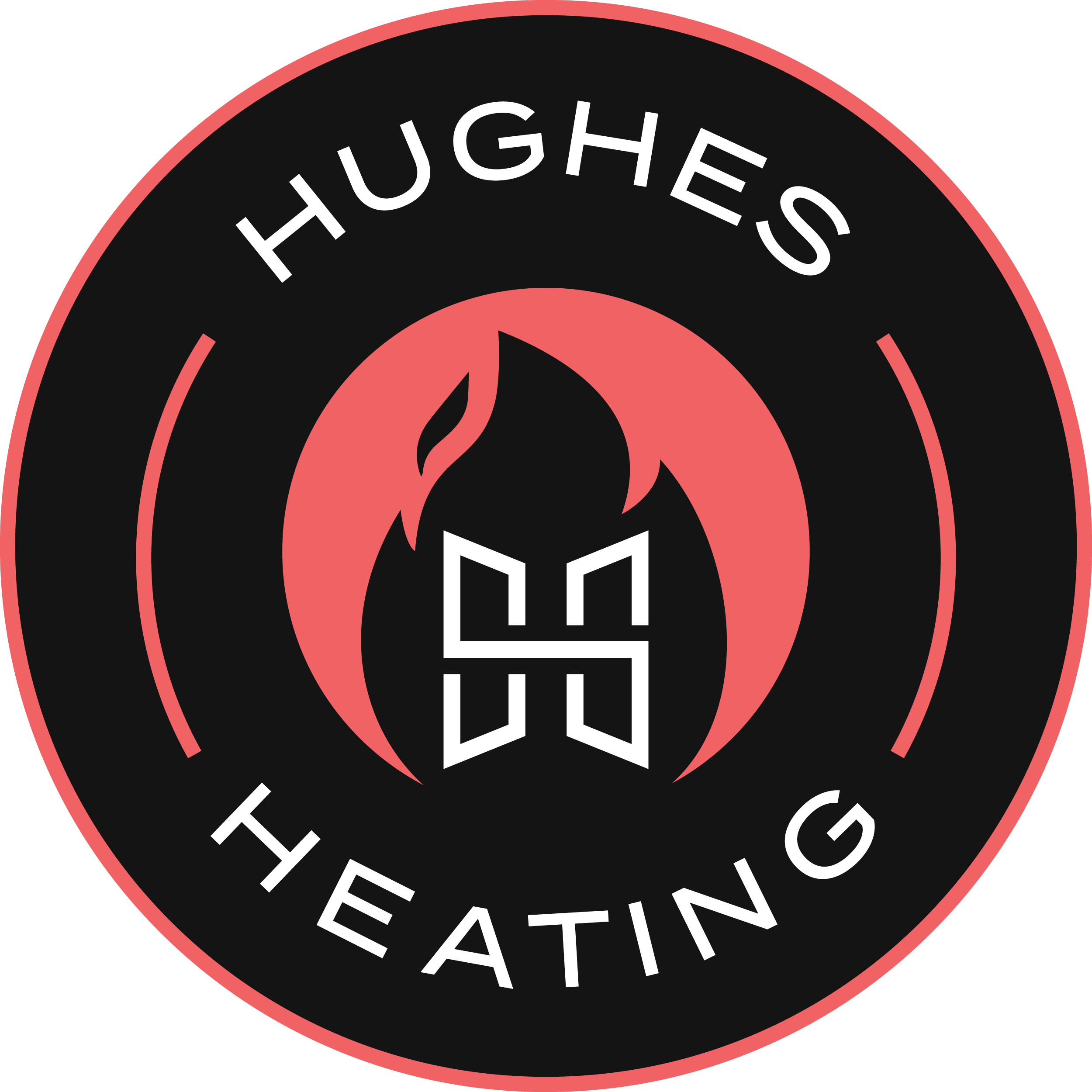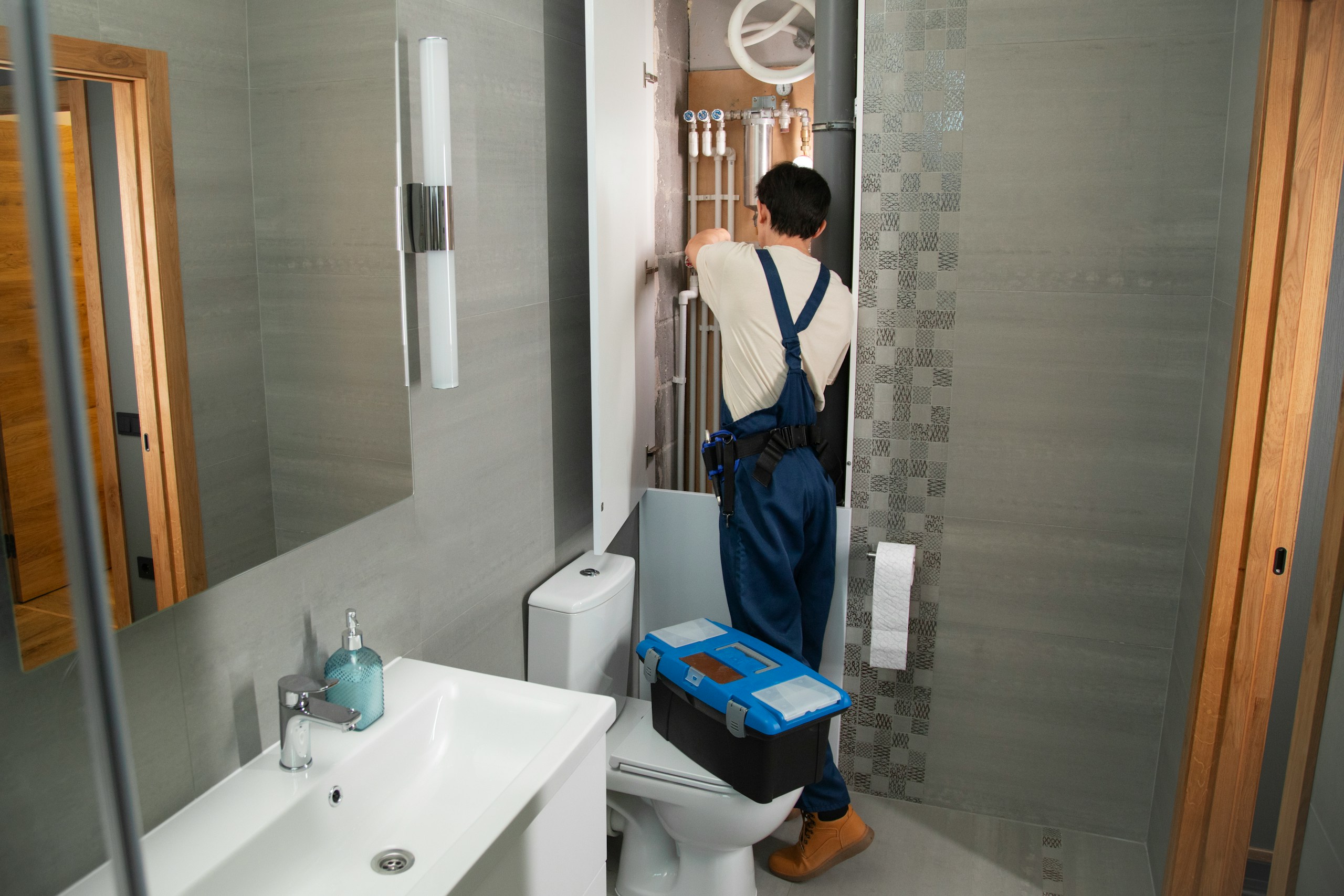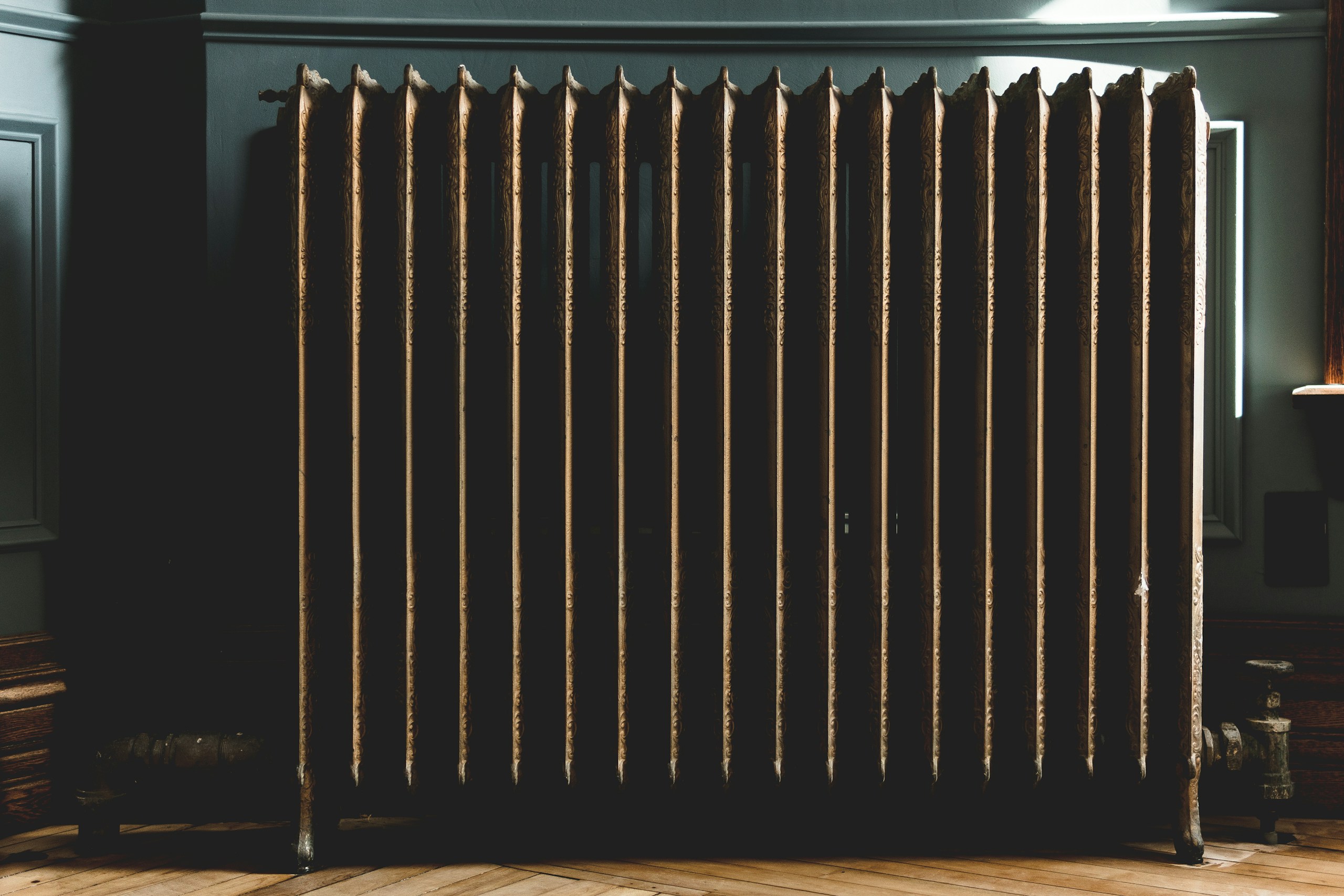Watching those energy bills climb while your home stays chilly? Your radiator might shoulder more blame than you realise. British households face mounting heating costs yet many overlook a crucial factor – their aging radiators steadily losing efficiency year after year.
Modern radiators typically serve faithfully for 15-20 years before their performance notably declines. Beyond this threshold maintaining them often proves more costly than replacement. Understanding this timeline helps make informed decisions about your heating system’s future.
The Rusty Truth About Radiators
Those gorgeous Victorian cast iron radiators gracing period properties tell an interesting tale – they frequently outlast their modern counterparts by decades. This longevity stems from robust construction methods plus thicker metal walls which resist corrosion more effectively.
But, despite the build quality all radiators face an inevitable enemy, and that’s internal degradation. Water flowing through your system gradually deposits minerals while metal surfaces slowly corrode. This creates a perfect storm where magnetite (black iron oxide) accumulates inside radiator channels reducing heat transfer efficiency dramatically.
Think of your radiator system like blood vessels in a body. Just as arteries can develop blockages your radiator’s internal passages accumulate debris over time. A chemical powerflush acts similarly to preventive medicine clearing these blockages before they cause serious problems. This maintenance procedure proves particularly valuable when performed every 5-6 years.
Delaying necessary maintenance or replacement carries hidden costs beyond higher energy bills. A struggling radiator forces your boiler to work harder increasing wear on your entire heating system. Plus deteriorating efficiency means paying more for less warmth – a losing proposition during British winters.
Warning Signs That Scream “Replace Me!”
Cold spots across your radiator panels reveal more than meets the eye – they signal internal rust accumulation or performance deterioration. While occasional cold patches might seem minor these symptoms often mask deeper systemic issues requiring prompt attention.
Let’s examine visible warning signals first. Rust patches appearing on external surfaces hint at internal corrosion problems lurking beneath. Watch for water stains around valve joints or subtle discolouration along panel edges. These subtle changes might appear cosmetic yet frequently indicate advancing deterioration within your heating system.
Performance issues manifest through several telltale signs. Rooms taking longer to warm up despite your boiler running normally suggest reduced radiator efficiency. Unusual noises – gurgling knocking or whistling sounds – point toward trapped air or debris buildup. Pay attention when your radiator needs frequent bleeding as this indicates ongoing system problems.
Safety considerations demand serious attention. Leaking joints or corroded sections risk water damage to your property. Moreover struggling radiators place additional strain on your boiler potentially leading to cascading system failures. This interconnected nature of heating systems means one failing component affects overall performance.
Your energy bills offer another crucial indicator. When heating costs climb without corresponding comfort improvements your radiators might operate below optimal efficiency. Modern replacements featuring enhanced heat exchange technology could slash energy consumption while delivering superior warmth distribution.
Understanding these warning signs helps prevent costly emergency replacements.
Modern Solutions Beyond the Basic Fix
Modern radiators deliver up to 50% greater efficiency compared to models from just two decades ago. This remarkable advancement changes how we approach home heating, while slashing energy costs through innovative design and smart technology.
Contemporary radiators add to better temperature management through sophisticated features. Smart radiator valves enable precise control over individual room temperatures through smartphone apps. Rather than wrestling with traditional numbered dials you’ll set exact temperatures in degrees Celsius while monitoring energy consumption patterns through intuitive interfaces.
These advanced systems create personalised heating zones throughout your home. Picture your office warming up just before your workday starts while bedrooms maintain cooler temperatures. Such targeted heating eliminates energy waste in unused spaces while maintaining optimal comfort where needed.
While competent DIY enthusiasts might tackle basic swaps professional installation ensures optimal system integration. Smart valves require proper configuration with your home network plus compatibility checks with existing heating infrastructure.
Factor in enhanced property value, improved comfort levels and reduced maintenance needs – the long-term advantages become clear.
Looking ahead smart heating technology continues to advance. Integration with home automation systems voice control capabilities and advanced energy monitoring represent just the beginning. Your investment in modern radiator technology positions your home for future innovations while delivering immediate efficiency benefits.
Don’t Leave It Too Late
Making informed decisions about radiator replacement involves balancing multiple factors – age efficiency maintenance costs and energy consumption. Your heating system represents a significant investment in your home’s comfort and value.
Consider scheduling a professional assessment if your radiators show any warning signs we’ve discussed. Early intervention often prevents emergency replacements while maximising potential energy savings. Smart technology and modern designs offer compelling solutions for future-proofing your heating system.
Remember maintaining comfortable efficient home heating needn’t break the bank. Taking proactive steps today – whether through maintenance upgrades or strategic replacement – ensures optimal performance throughout Britain’s challenging winters while protecting your long-term investment.





